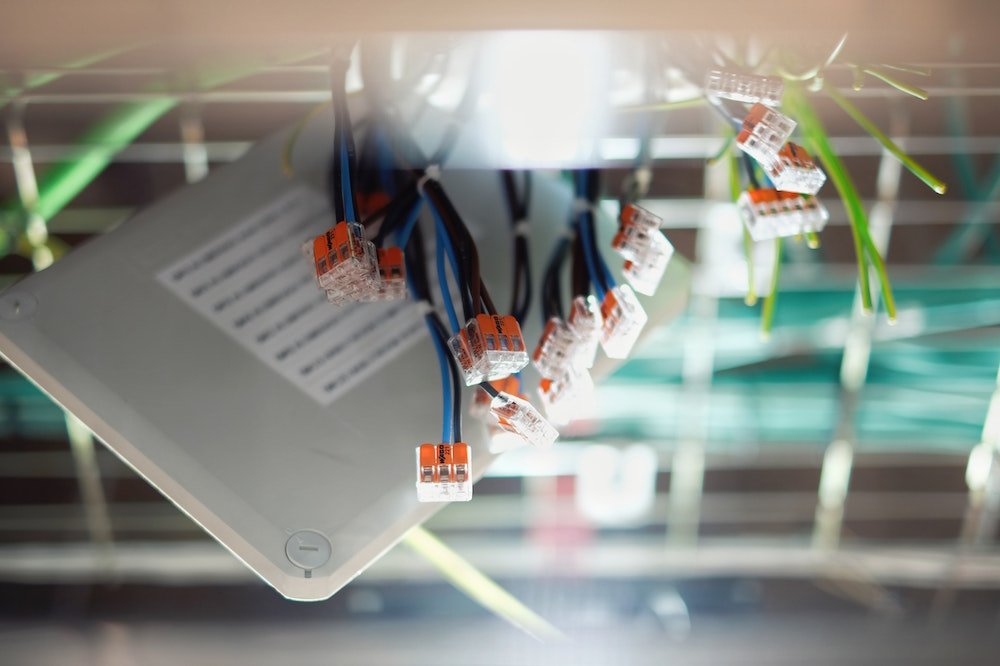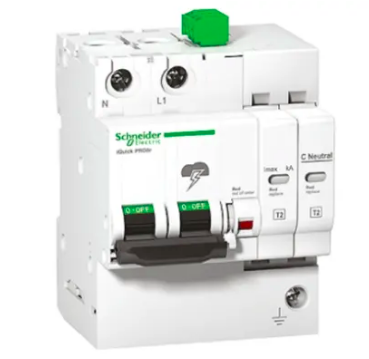What are sensor lights work and why do we need them?
Sensor lights activate when they detect motion. A small electronic “eye” recognises movement from the heat waves that are emit from moving objects in the field of view of the sensor. The light will turn on when the movement is detected and remains on until the movement stops, or in some instances for a set period of time.
Sensor lights act as deterrents to intruders. When they are illuminated unexpectantly, they are very likely to move out of the light and away from the property. Another common reason is to avoid unnecessary electricity bills, since a sensor light is a motion sensor, there is no need to keep the lights on all night on your front porch. Hence, sensor lights double up as lighting fixture and security sensors for your home.
Here are a few things to consider when shopping for sensor lights:
If you are installing a sensor light in your yard, decide on the range you want to be detected as well as how bright you want the light to be. Will it be bright enough to deter burglars? Identify areas of concern as well so that you can make an informed decision on the number of sensor lights you actually need.
Find out as many features as you can about the sensor light you are planning on purchasing. How quickly does light react to movements it detects? How close should the person be for the motion sensor to kick in? When does the light go out? Ideally, you are looking for a light that turns on quickly and has a good range.
Another important factor to consider is the power source. Some sensor lights are battery-operated. Others are solar-powered. There are also those that are hardwired to your electrical system. You can decide which one works best for your property.
Sensor lights come in a variety of types as well. Photoresistors is the most common and is also known as a light-dependent resistor. Photoresistors’ resistance change is dependent on the amount of light it’s exposed to, similar to street lamps for example, which give off brighter lights when it’s dark and vice versa.
Photodiodes are another type of light sensor. Instead of using the change in resistance like LDR, it’s more complex to light, easily changing light into a flow of electric currents. The brighter the light present, the stronger the electrical current will be.
The phototransistor light sensor can be described as a photodiode + amplifier. With the added amplification, light sensitivity is far better on the phototransistors.
There are many considerations with sensor lights and CLF Services can discuss which kind would be most appropriate for your property. Call today.













